Prologue

In the Fiji Museum there is a curious wooden artifact with a carved handle and four sharp prongs. Beneath it is the short but eloquent inscription:
The display also contains dishes used for serving the Wesleyan’s cooked flesh, and informs the reader that Mr. Baker was the only missionary eaten in Fiji, and that he passed away (if that’s the right expression) in 1867.
Foreigners linger at this exhibit. Societies that do not eat people are fascinated by those that do (or did). Many old books about Fiji have the word “cannibal” on the title page; the islands were once known as the “Cannibal Isles.” It’s an interesting word: derived from “Carib,” the name of an island people almost wholly exterminated by the non-cannibals who came to civilize them.
Fiji Museum
Located in the heart of Suva’s Thurston Gardens, the Fiji Museum holds a remarkable collection, which includes archaeological material dating back 3,700 years and cultural objects representing both Fiji’s indigenous inhabitants and the other communities that have settled in the island group over the past 200 years. The Museum is a statutory body governed by the Fiji Museum Act and the Preservation of Objects of Archaeological and Palaeontological Interest Act. (Information from the Fiji Museum Website)
Chapter 1 – Nadi
No culture shock this time, Derek promised on the plane. “Everyone’s clean and nobody wears guns.” The shock had been severe when we’d visited Peru two years ago. Severe even for me, and I had been there enough times’ to know what to expect. But that arrival at Lima in a grey 5 A.M. dawn, the sour smell of the airport (half fuel, half drains), the armed guards in shabby uniforms, the small boys fighting for our luggage-all that had been too much. Then had come a cab ride through vast shantytowns and empty lots strewn with slowly burning rubbish in which people were scavenging; and Derek had said that his worst stereotypes of the Third World were coming to life around him.
Fiji, apparently, was different. The concrete architecture and lush vegetation lit by the headlights of the Nadi Hotel minibus reminded me of West Africa; but they belonged to an Mrica that was refined, where immigration officials were mannerly and relaxed, where the airport bank was open in the middle of the night, where hotel limousines not only existed but appeared on time. These impressions, gleaned at 3 A.M., were strengthened next morning. The air smelled of blossoms and moistened earth; the hotel maids, who looked and dressed rather like Africans, were singing in the corridors. Most surprising of all, the neatness and tranquility extended to the town outside the front door, and the countryside at the back. The hotel did not seem to be an island built for foreigners in a sea of squalor.
I had heard conflicting stories about places like Fiji, Bali, and Tahiti. To some observers they were what they seemed-innocent, content, and with an inner strength that kept them that way. Others dismissed such a view as an illusion, a myth either created for tourists or about to be destroyed by them.
Derek, who had spent more than a year in Fiji on an archaeological project, was of the first school. I had been intrigued by his descriptions. Fiji sounded like an anomaly-a place that had survived colonization with its native population and culture not simply intact, but successfully adapted to the modern age. Eighty-three percent of the land still belonged to indigenous Fijians: remarkable when compared to New Zealand, where the Maoris own about ten percent, and Hawaii, where the tiny native remnant own virtually nothing; even more remarkable when one discovers that native Fijians form not quite half of Fiji’s population. I had spent enough time in the former colonies of Europe-in Africa and Latin America, especially Peru-to form a pessimistic view of the consequences of European expansion. For the original inhabitants it had almost always meant dispossession, exploitation, and social decay. In North America, where I live, it is easy to forget the dimensions of the tragedy, so completely has one population been consumed by another. In Hawaii, only slightly smaller than Fiji and with many cultural similarities, the same appalling transformation occurred. But here in Fiji it seemed that something unusual had happened; or rather that something usual had failed to happen. I wanted to find out why and how.
Ronald Wright’s classic travel guide, On Fiji Islands, was published in 1986. He has graciously allowed Fijiguide.com to serialize his work for your enjoyment. We welcome your comments.
©2018 Ronald Wright


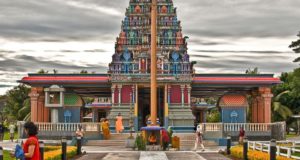
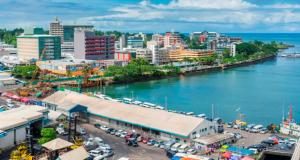
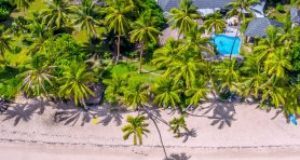
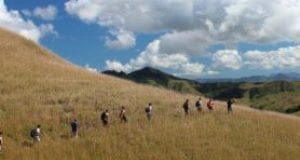




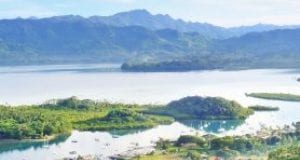


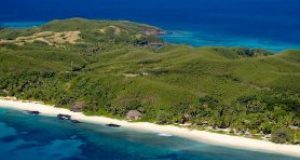
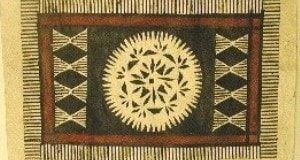
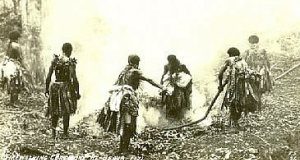





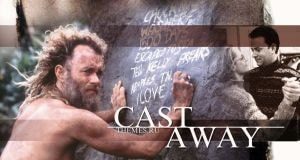

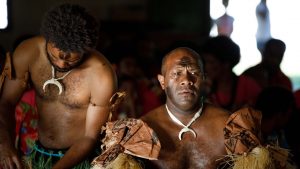


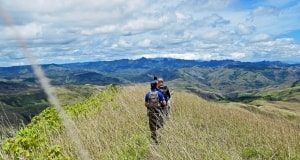

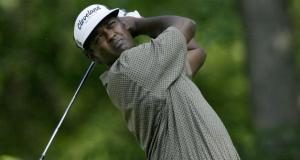
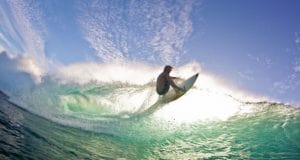
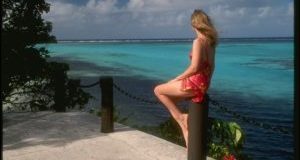
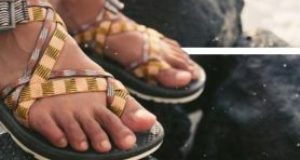





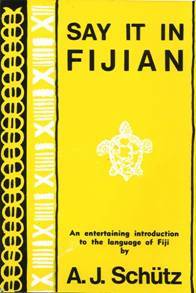

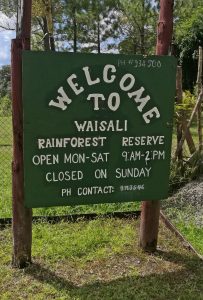

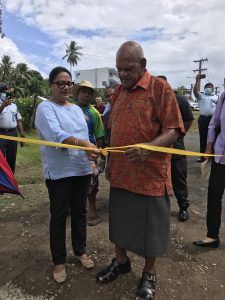
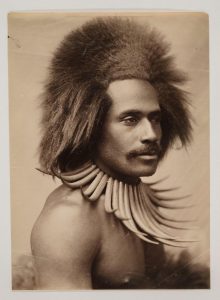
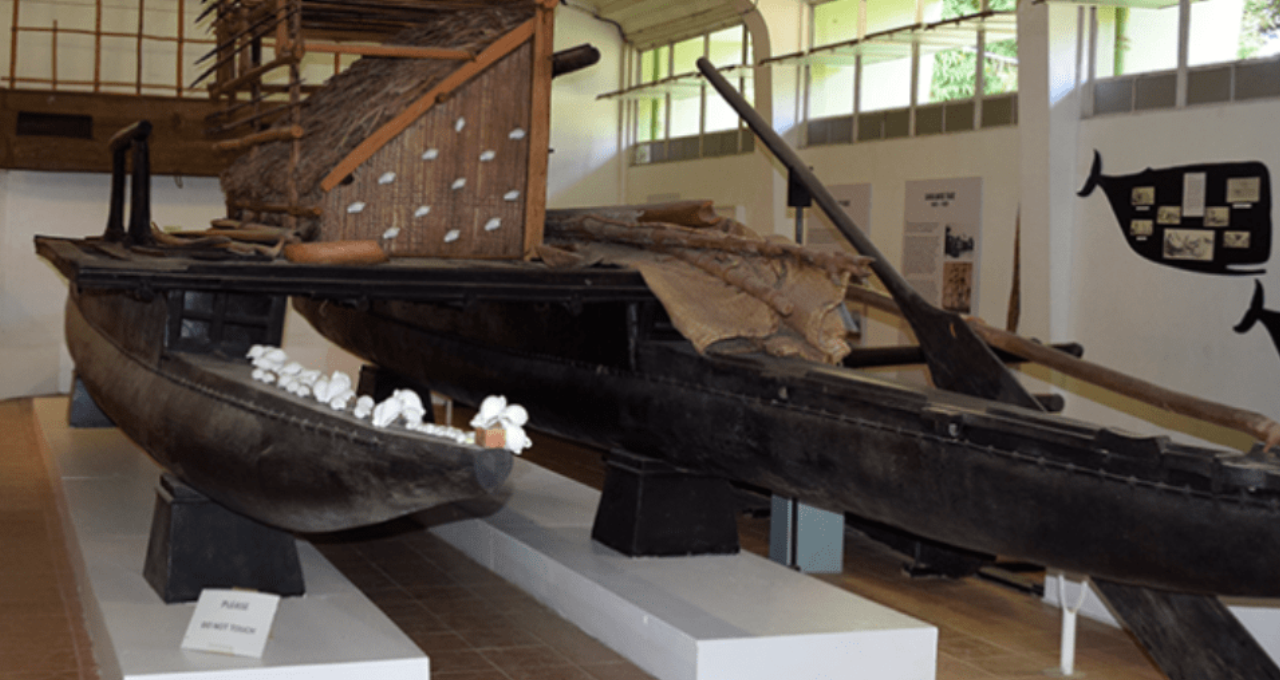




Leave a reply